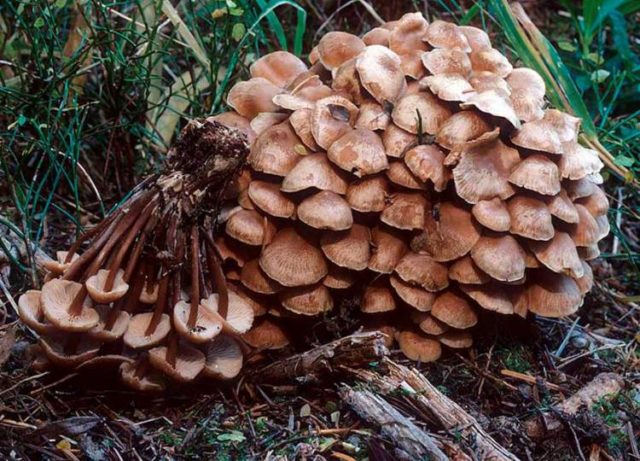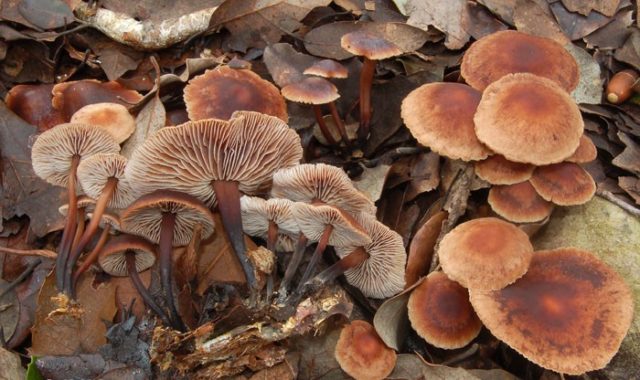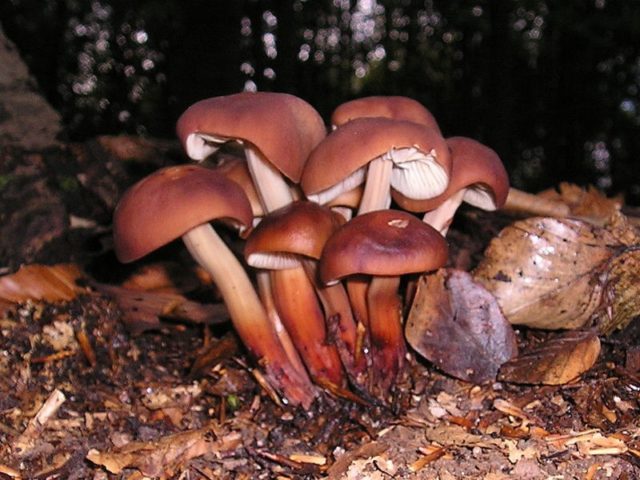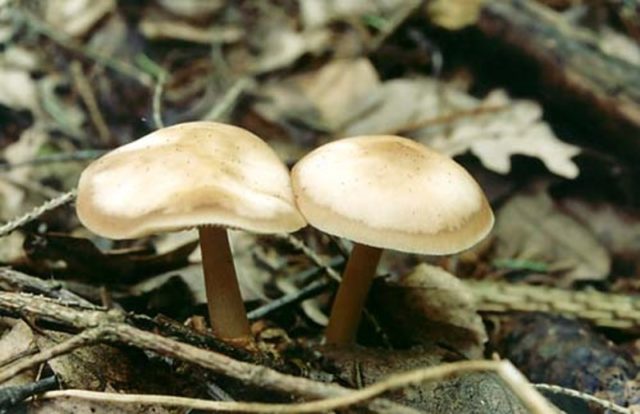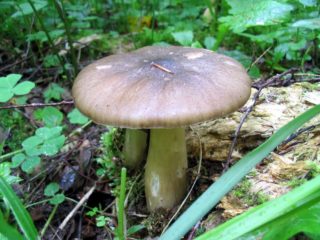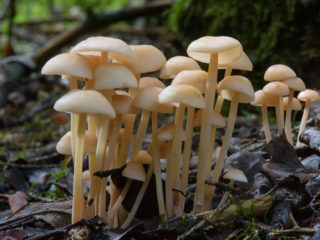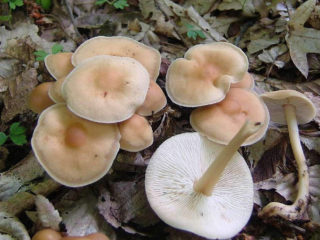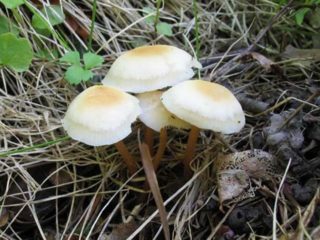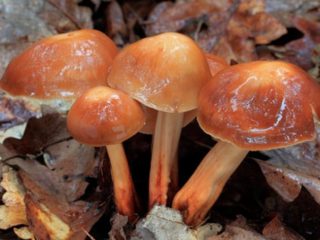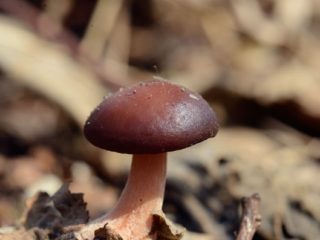Content
Collibia crowded is a conditionally edible forest inhabitant. Grows on stumps and rotten coniferous wood. The caps of young mushrooms are used for food, since the flesh of older specimens is hard and fibrous. Since this species has inedible counterparts, it is important to familiarize yourself with the external description and study its photos and videos.
What does a crowded Collybia look like?
Collibia crowded is prescribed to the 4th group of edibility. In order not to be deceived during mushroom hunting and not to collect poisonous specimens, you must first familiarize yourself with the external characteristics.
Description of the cap
The cap is miniature, up to 4 cm in diameter. In young mushrooms, the shape is convex, straightens with age, leaving a small mound in the center. The matte surface is smooth, painted dark brown. In dry weather, the skin becomes wrinkled, lighter and acquires a fawn color. The pulp is dense, watery, without a pronounced taste or smell.
The spore layer is formed by thin, numerous plates, which at a young age are connected to the stalk, and then become free. The plates are painted in light lemon color.This species reproduces by whitish, ovoid spores, which are located in a snow-white spore powder.
Description of the leg
The thin, long stem is covered with thin, brown skin. It is cylindrical in shape with a slight taper towards the base.
Is the mushroom edible or not?
This representative belongs to the conditionally edible species. Only the upper part of young specimens is suitable for cooking. Before cooking, the harvested crop is sorted, washed and boiled for 10-15 minutes. Next, the mushrooms can be stewed, fried and canned.
Where and how does it grow
Large mushroom families prefer to grow on stumps and rotting coniferous wood. They can be seen along paths, in parks and squares, on hillsides. It begins to bear fruit from July to October.
Doubles and their differences
This species, like all forest inhabitants, has edible and inedible counterparts. These include:
- Red-footed - an edible species with a red-brown cap and a thin, long stem, which is colored in the color of the cap. Prefers to grow on stumps among deciduous trees. Fruits throughout the warm period.
- Spindlefoot - an inedible representative that likes to grow on stumps and rotting wood. It can be recognized by its small size and spindle-shaped leg. It begins to bear fruit from July to September.
- Oily – belongs to the 4th group of edibility, grows from July to October among spruce and deciduous trees. Small representatives have a dense, glossy surface. In rainy weather it becomes shiny and covered with mucus. The pulp is without a pronounced taste or smell. Only young specimens are used in cooking.
Conclusion
Collibium crowded is a conditionally edible specimen of the Negniumaceae family.It grows on stumps and fallen wood and bears fruit throughout the warm period. In cooking, only the upper part is used, which is pre-washed and boiled. Since the mushroom is very similar to toadstools, they should only be collected by an experienced mushroom picker.

